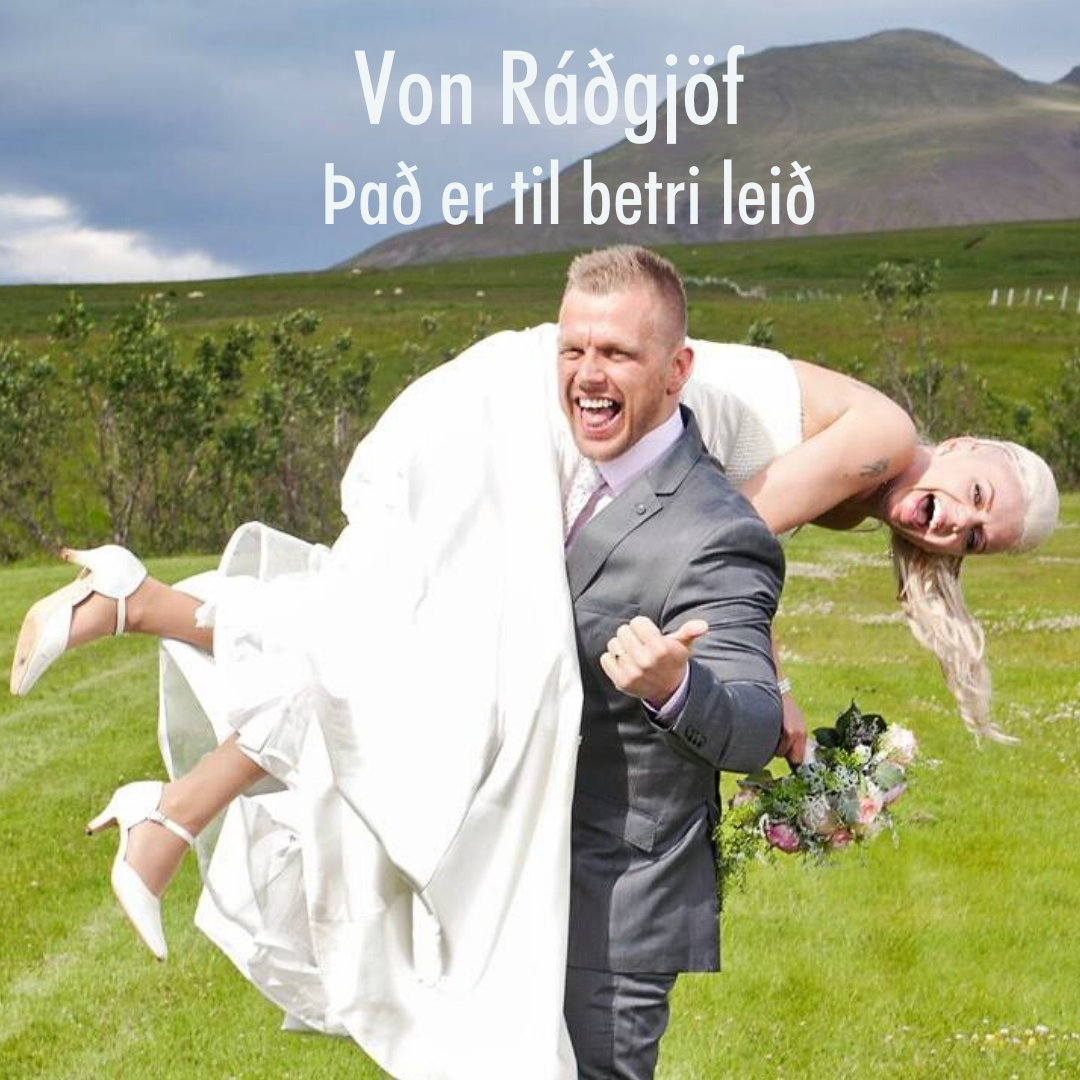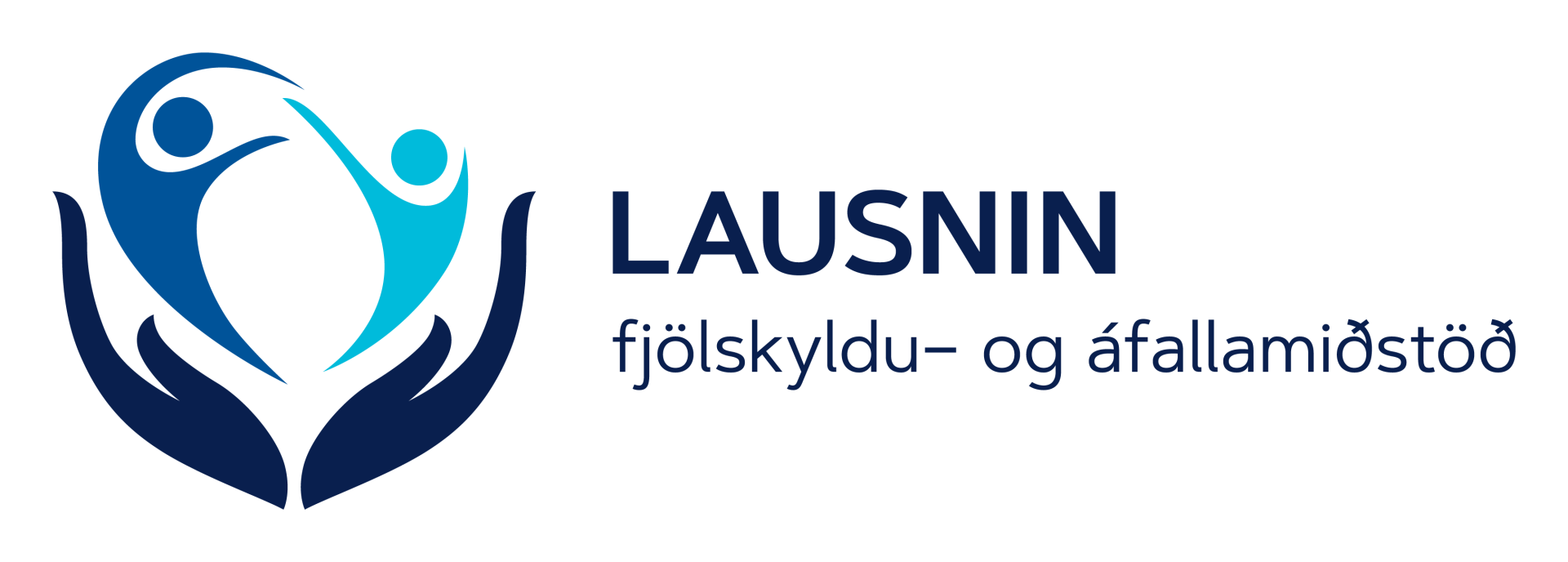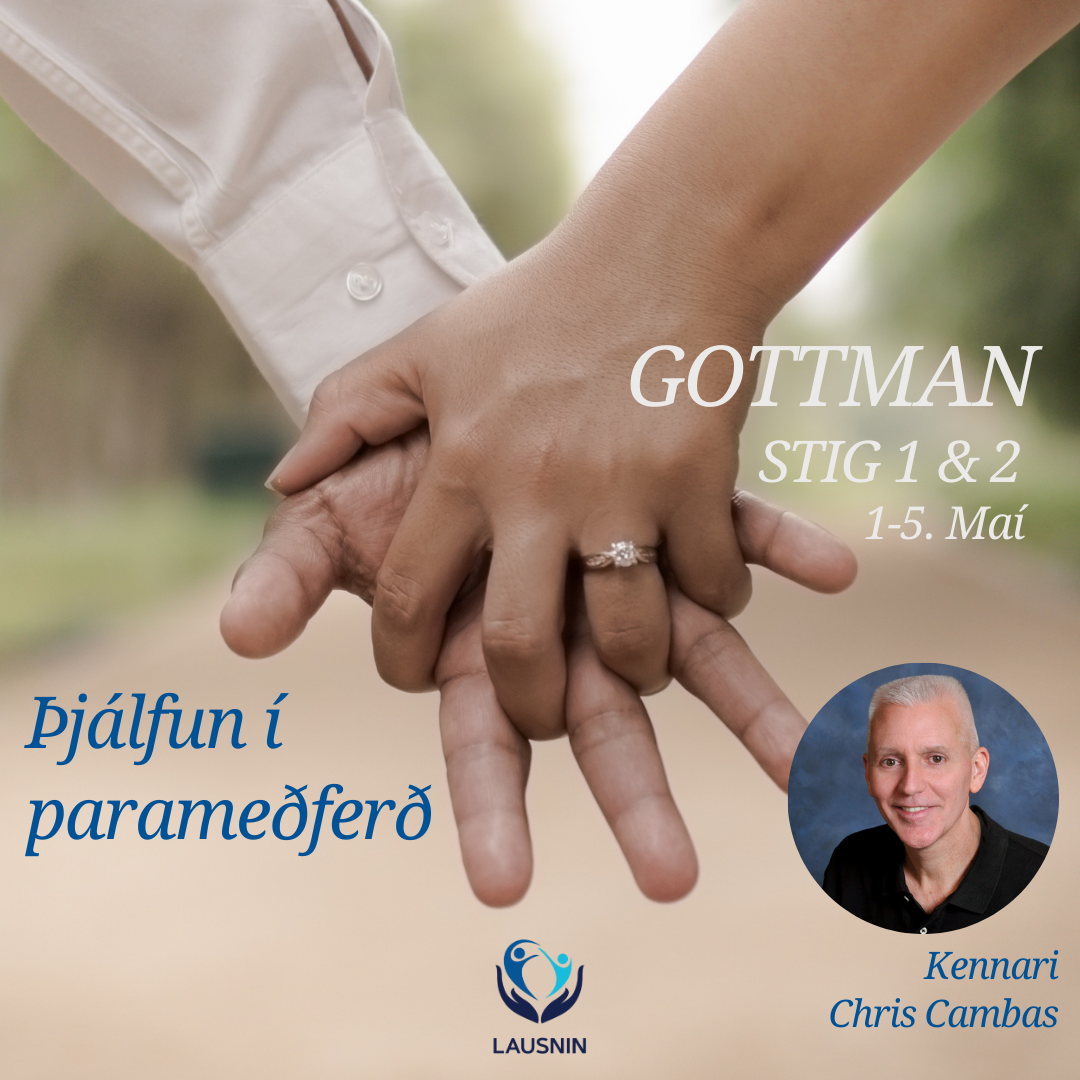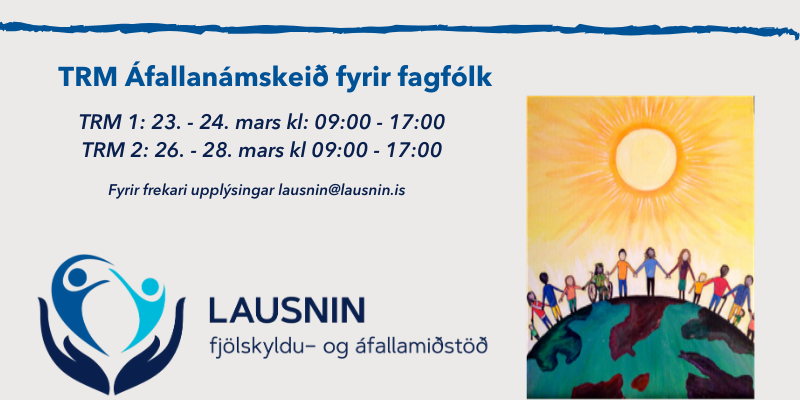
Trauma Resiliency Model – Stig 1 og Stig 2
Lausnin fjölskyldumiðstöð kynnir með stolti tvö námskeið í Trauma Resiliency Model, stig eitt og stig tvö.
Hér er um að ræða tvö samhangandi námskeið fyrir fagfólk sem vill auka þekkingu sína og læra úrræði í að vinna með áföll hjá börnum og fullorðnum.
Námskeiðin verða haldin af sérfræðingum The Trauma Resource Institute frá Bandaríkjunum, stofnun sem hefur þróað áfallafræði í fremstu röð, sem sannarlega er vert að kunna þegar unnið er með áföll og áfallastreitu.
TRM 1 fer fram daganna 23. – 24. mars og fer fram frá 9:00 – 17:00 báða daganna.
TRM 2 hefst svo fimmtudaginn 26. mars og stendur til laugardagsins 28. mars, námskeiðið stendur yfir frá 9:00 – 17:00 þessa þrjá daga.
Námskeiðin samanstanda af fyrirlestrum, verklegri þjálfun í formi hópavinnu og kennslu daglegra æfinga.
Einnig verður boðið upp á eftirfylgni og aðhald í 3 mánuði eftir námskeiðin í gegnum internetið og er þá gert ráð fyrir að nemendur séu farnir að tileinka sér módelið í starfi. Öll kennsla fer fram á ensku.
„The Trauma Resiliency Model training was beautifully organized and presented with very clear PowerPoint presentations and accompanying handouts, integrated with personal field experiences illustrating the application of the model. The experiential and hand-on skills training left me feeling well-prepared to begin working with my clients immediately. It is the best training workshop I have ever attended.”Susie Icaza, MFT, RPT, Pasadena, California
„Námskeið sem ég get svo sannarlega mælt með. Enn í dag, er ég agndofa yfir áhrifum, einfaldleika en um leið dýpt TRM áfallafræðinnar. Aðferðarfræði sem ég gat strax nýtt mér í mínu starfi og er stöðugt að dýpka mig í”Katrín Þorsteinsdóttir, þerapisti hjá Lausninni
The Trauma Resource Institute
The Trauma resource Institute (TRI) var stofnað í október 2006 (sjá nánar hér) og hefur verið í gríðarlegum vexti síðan. TRI er rekið sem non profit organizations og hefur nú þegar látið mikið af sér kveða víða um heiminn. Sérfræðingar TRI hafa verið fengnir til að fara inn á hamfarasvæði, s.s. í Kína, Haiti, Afríku, Filipseyjum, Guatemala, Rwanda Kenya, Japan og víða innan Bandaríknanna, til að þjálfa forsvarsmenn samfélagana til að styðja við og kenna almenningi að takast á við þá erfiðleika sem að steðja.
Hér má finna rannsóknir frá TRI
Um módelið
Það má segja að TRM módelið sé blanda af því besta í áfallavinnu samtímans og dæmi um áhrifavalda eru Somatic Experiencing, upphafsmaður Peter Levine, Sensory Integration, kennd við Jean Ayres, Focusing, kenningar Eugene Gendlin, hefðbundin líffræði, taugafræði, rannsóknir um virkni heilans og lögmál náttúrunnar.
Leiðbeinendur:
Elaine Miller-Karas, LCSW, ein af stofnendum the Trauma resource Institute og starfandi framkvædastjóri samtakana. (Hér má finna meiri upplýsingar um stofnanda TRI)
Michael Shane Sapp, Ph.D.
Ronald Craig Fish, Ph.D
Dagsetning og tími – TRM 1
Mánudagurinn 23. mars, frá 09:00 – 17:00
Þriðjudagurinn 24. mars, frá 09:00 – 17:00
Dagsetning og tími – TRM 2
Fimmtudagurinn 26. mars, frá 09:00 – 17:00
Föstudagurinn 27. mars, frá 09:00 – 17:00
Laugardagurinn 28.mars, frá 09:00 – 16:00
Staðsetning:
Lausnin fjölskyldumiðstöð
Hlíðarsmára 14, 2hæð
201 Kópavogur
Símar: 611-7000 (Baldur) og 858-1796 (Katrín)
Menntunarkröfur og starfsreynsla:
Eftrifarandi menntunarkröfur fyrir TRM 1 og TRM 2 eru til viðmiðunar, Mastersnám eða sambærilegt nám í heilbrigðissviði, félagsráðgjöf, sálfræði, guðfræði og almenn ,ráðgjöf einnig er krafist a.m.k eins árs starfsreynslau í vinnu með skjólstæðingum.
Verð fyrir TRM 1 og TRM 2 gera 300.000 kr samtals. (ath, námskeiðin eru eingöngu seld saman)
Fjöldi þátttakenda er takmarkaður við einungis 15 manns)
100.000 kr fyrirframgreiðslu er krafist. Mögulegt er að skipta greiðslum.
Innifalið í verði er bókin:
Building Resilience to Trauma: The Trauma and Community Resiliency Models
Höfundur: Elain Miller Karas
Allar nánari upplýsingar má finna á heimasíðu The Trauma Resource Institute
